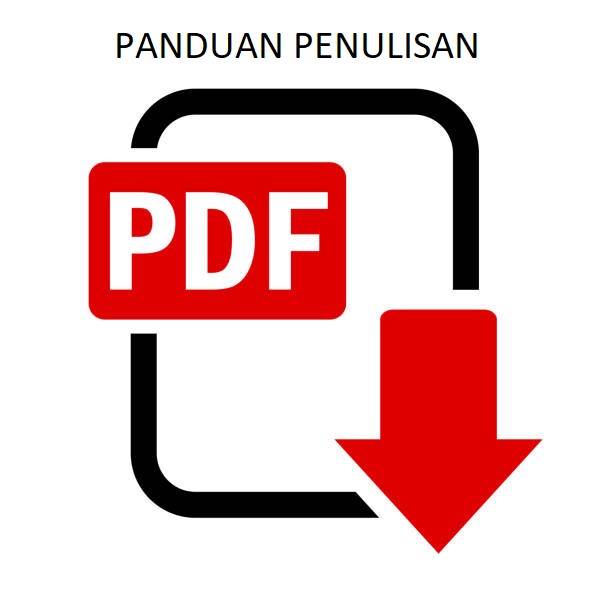Study of Optimization of Plastic Waste Pyrolysis into Gasoline Fuel
DOI:
https://doi.org/10.35814/teknobiz.v15i1.8553Keywords:
Alternative Fuel, Pyrolysis, Plastic WasteAbstract
Pyrolysis, which converts plastic waste into energy through a heating process without oxygen, has been proven to reduce waste volume by up to 90% while becoming an alternative fuel with high economic value. The optimal pyrolysis temperature of 380°C produces the most significant amount of pyrolysis oil, with a potential thermal efficiency of up to 80%. The main challenges in optimizing pyrolysis include energy efficiency, operational costs, and production scale. This study aims to improve the efficiency of the pyrolysis process by enhancing the reactor, condenser tube, and control system. With this approach, it is hoped that a more cost-effective, environmentally friendly plastic waste management solution can be created that supports the concept of a circular economy in Cirebon City. The result is that with a plastic waste composition of 30% PP and 70% LDPE and the addition of a kaolin catalyst to the pyrolysis reactor, it can produce oil equivalent to gasoline with an octane rating of 88. This optimization can reduce the use of fossil fuels, create new jobs, and significantly contribute to environmental sustainability.
Downloads
References
[2] B. Wajdi, B. Aryani Novianti, and L. Zahara, “Pengolahan sampah plastik menjadi bahan bakar minyak (BBM) dengan metode pirolisis sebagai energi alternatif,” 2020. [Online]. Available: http://e-journal.hamzanwadi.ac.id/index.php/kpj/index
[3] Kementrian Sekretariat Negara RI, “Perpres No. 97 Tahun 2017,” 2017.
[4] H. N. Putra, A. N. Lasman, and E. Maulana, “Analisis termoekonomi pada pemanfaatan alat pirolisis dengan menggunakan kombinasi RDF dan LPG,” 2022.
[5] E. Maulana and K. G. Sitinjak, “Perancangan Preheater pada Sistem Pirolisis Kapasitas 20 Kg/Jam,” 2022.
[6] G. R. Suyanto and S. Harahap, “Analisis penggunaan campuran minyak hasil pirolisis dan pertalite sebagai bahan bakar genset EP1000,” 2019.
[7] D. M. Novita and D. E. Damanhuri, “Perhitungan nilai kalor berdasarkan komposisi dan karakteristik sampah perkotaan di Indonesia dalam konsep waste to energy,” 2010.
[8] A. Abdulwahab and S. Mysen, “Experimental study of condenser material in the air conditioning system,” Mater Today Proc, vol. 61, pp. 860–864, Jan. 2022, doi: 10.1016/j.matpr.2021.09.303.
[9] V. A. Owoeye et al., “Effect of precursor concentration on corrosion resistance and microstructure of ZnO thin films using spray pyrolysis method,” Sci Afr, vol. 15, Mar. 2022, doi: 10.1016/j.sciaf.2021.e01073.
[10] H. Saputro et al., “Modeling and experimental study condenser performance of fixed bed pyrolysis reactor: A case study of solid waste palm starch processing,” Clean Eng Technol, vol. 16, Oct. 2023, doi: 10.1016/j.clet.2023.100677.
[11] B. Rachmanto, M. Fauziyah, and Sungkono, “Sistem kontrol suhu dan laju pemanasan proses pirolisis pengolahan limbah plastik menjadi BBM dengan metode PID,” 2020.
[12] P. Dasar, A. Rekayasa, R. Zainul, S. Pd, and M. Si, “Teknologi material maju,” 2018.
[13] A. Mohanty, S. Ajmera, S. Chinnam, V. Kumar, R. K. Mishra, and B. Archarya, “Pyrolysis ofwaste oils for biofuel production: An economic and life cycle assessment,” 2024.
[14] A. Wibowo and L. A. Supriyono, “Analisis pemakaian sensor loadcell dalam perhitungan berat benda padat dan cair berbasis microcontroller,” 2019.
[15] M. V. Driantama, “Rancang bangun sistem otomasi berat bahan baku mesin crusher pada mini plant produksi bahan bakar minyak (BBM) dari limbah plastik berbasis mikrokontroller,” Institut Teknologi Sepuluh Nopember, 2018.
[16] E. Suhendi, H. Heriyanto, M. Ammar, A. Tsania, and M. K. Anam, “The Effect of Polypropylene and Low-Density Polyethylene Mixtures in the Pyrolysis Process on the Quantity and Quality of the Oil Products ARTICLE HISTORY ABSTRACT,” 2023. [Online]. Available: http://jurnal.untirta.ac.id/index.php/WCEJ
[17] M. A. Abdullah, “Improvement of the Pyrolysis System by Integrating Solar Energy Based Preheating System,” IOSR Journal of Mechanical and Civil Engineering (IOSR-JMCE, vol. 18, pp. 25–30, 2021, doi: 10.9790/1684-1803042530.
[18] J. Dai, H. Cui, and J. R. Grace, “Biomass feeding for thermochemical reactors,” Oct. 2012. doi: 10.1016/j.pecs.2012.04.002.
[19] R. Sirait, E. Maulana, and D. Mahardika, “Analisis Keseimbangan Energi pada Reaktor Pirolisis Kapasitas 75 Kg/Jam,” 2023. [Online]. Available: http://jurnal.umj.ac.id/index.php/semnaslit
[20] A. Al-Rumaihi, M. Shahbaz, G. Mckay, H. Mackey, and T. Al-Ansari, “A review of pyrolysis technologies and feedstock: A blending approach for plastic and biomass towards optimum biochar yield,” Oct. 01, 2022, Elsevier Ltd. doi: 10.1016/j.rser.2022.112715.
[21] B. Rubianto, R. Winarso, and R. Wibowo, “Rancang bangun kondensor pada destilator bioetanol kapasitas 5 liter/jam dengan skala UMKM,” Jurnal CRANKSHAFT, vol. 1, 2018.
[22] H. Poernomo, J. Teknik Permesinan Kapal, and P. Perkapalan Negeri Surabaya, “Analisis karakteristik unjuk kerja sistem pendingian (air conditioning) yang menggunakan freon R-22 berdasarkan pada variasi putaran kipas pendingin kondensor,” 2015.
[23] M. M. Sari et al., “Transforming disposable masks to sustainable gasoline-like fuel via pyrolysis,” Environmental Advances, vol. 15, Apr. 2024, doi: 10.1016/j.envadv.2023.100466.
[24] K. Ridhuan, I. J. Gede Angga, J. Teknik Mesin Fakultas Teknik Universitas Muhammadiyah Metro, J. Ki Hjar Dewantara No, and K. Metro, “Pengaruh media pendingin air pada kondensor terhadap kemampuan kerja mesin pendingin”.
[25] L. Ode, M. Firman, E. Maulana, and G. Panjaitan, “Yield bahan bakar alternatif dari optimasi pirolisis sampah plastik polypropylene,” 2023.
[26] P. Parthasarathy and K. S. Narayan, “Hydrogen production from steam of biomass,” 2013.
[27] M. Andrian, A. Kurniawan, I. Saukani, and P. N. Malang, “Sistem kendali suhu menggunakan metode PID dalam proses deasetilasi kitin,” Jurnal Ilmu Teknik, vol. 1, no. 2, pp. 131–137, 2024.




















